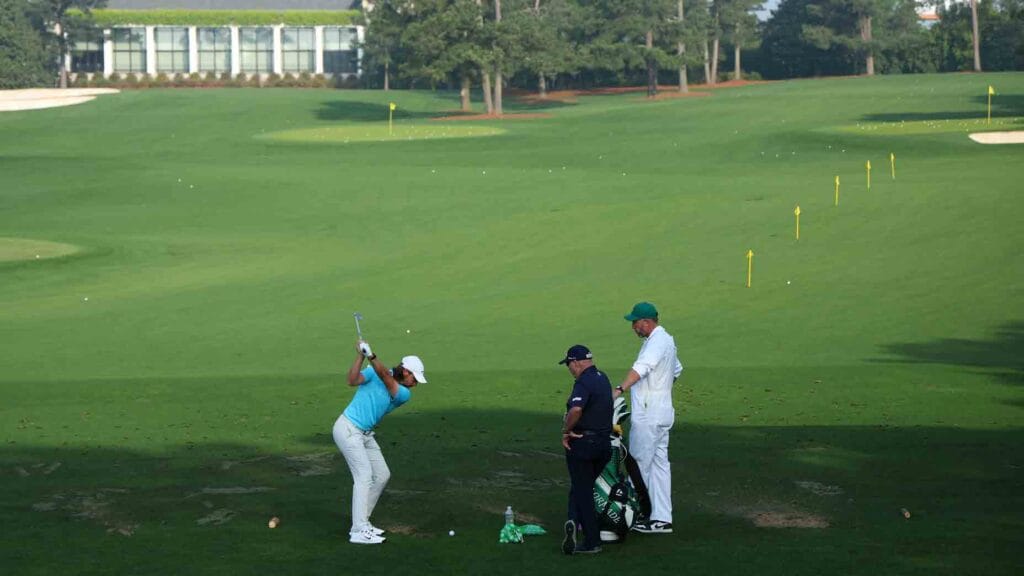Butch Harmon, a GOLF Top 100 Teacher hall of famer, shared his insights on fixing a slice during a recent episode of A New Breed of Golf on SiriusXM. Harmon’s first piece of advice for golfers struggling with a slice is to try the opposite approach. This could mean hitting the ball left if you are consistently hitting it right, and vice versa. Harmon believes in the concept of opposites and credits his father for instilling this belief in him.
To address a slice, Harmon recommends making a few key adjustments to your grip and setup. He suggests using a stronger grip to help control the clubface and prevent it from opening too much. Additionally, Harmon advises golfers to adopt a more closed setup and focus on exiting the club around the body to promote a more closed clubface coming into impact. These adjustments can help golfers correct the faults that lead to a slice.
Harmon also utilizes training devices to help his students understand the importance of proper grip and club face control. He uses a club that is about the length of a grip to demonstrate how hand positioning can impact the clubface. By showing golfers the effect of their grip on the clubface, Harmon helps them make necessary adjustments to improve their ball flight. He also recommends practicing slow-motion swings to reinforce proper technique and club path.
In a recent episode of “The Rough Cut Golf Podcast,” three-time major winner Padraig Harrington offered his perspective on fixing a slice. Harrington suggests hitting the biggest hook possible to correct a slice, even if it results in an exaggerated ball flight. By focusing on extremes and deliberately hitting hooks, golfers can develop a better understanding of clubface control and the impact it has on their shots.
Harrington emphasizes the importance of learning through experimentation and understanding the nuances of clubface position. By practicing hitting both hooks and slices, golfers can gain a deeper insight into how different clubface positions affect the ball flight. This hands-on approach allows golfers to develop a feel for proper clubface control and make adjustments as needed to produce desired outcomes on the course.
Both Harmon and Harrington stress the dynamic nature of the golf swing and the need for constant adaptation and refinement. They emphasize that golfers should not expect their swings to remain consistent but rather evolve over time as they continue to improve. By embracing change and actively working to correct swing faults, golfers can develop a more versatile and adaptable game that allows them to troubleshoot issues and make necessary adjustments on the fly.


